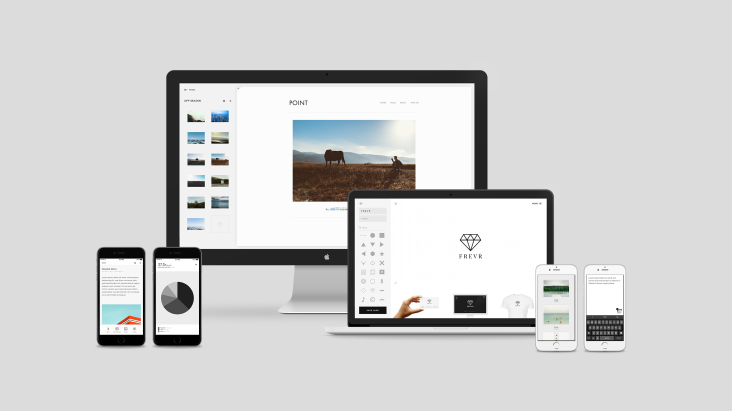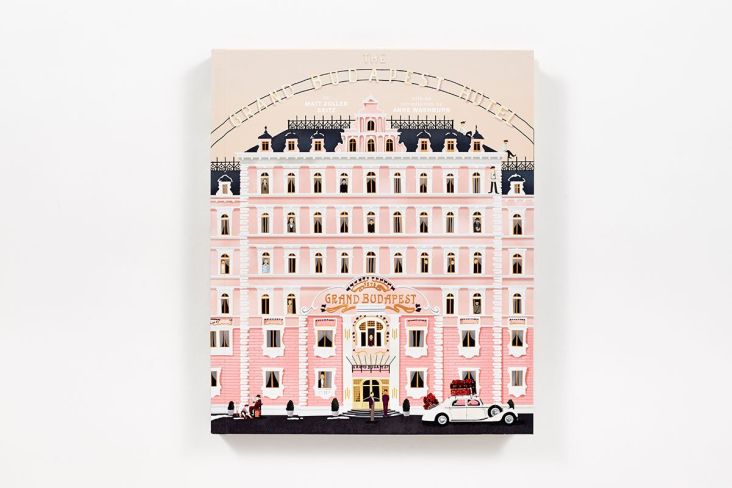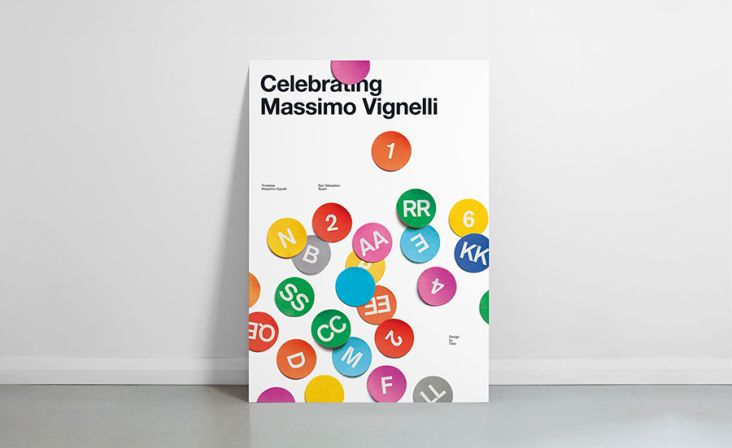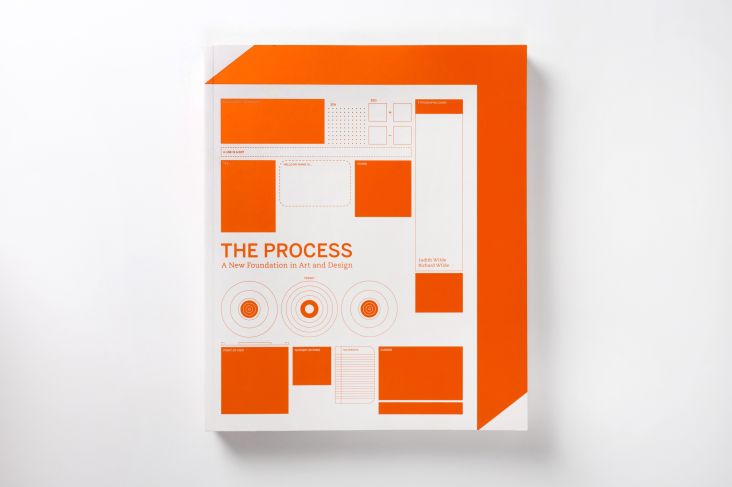10 essential books every graphic designer must read
It doesn't matter whether you've just graduated from university or you've been working as a graphic designer for decades; it's always important to brush up on your skills and find ways to continually improve.

Image licensed via Adobe Stock
If you're a graphic designer and you've been wondering what books to purchase and add to your bookshelf, then the following ten essential reads are ones to consider.
1. Grid Systems in Graphic Design by Josef Müller-Brockmann
From a professional for professionals, here is the definitive word on using grid systems in graphic design. Although Josef Muller-Brockman first presented his interpretation of the grid in 1961, his book – Grid Systems in Graphic Design – is still useful today for anyone working in the latest computer-assisted design. With examples on how to work correctly at a conceptual level and exact instructions for using all of the systems (8 to 32 fields), this guidebook provides a crystal-clear framework for problem-solving.
2. The Elements of Typographic Style by Robert Bringhurst
Renowned typographer and poet Robert Bringhurst brings clarity to the art of typography with this authoritative style guide, The Elements of Typographic Style. Combining the practical, theoretical, and historical, this latest edition is completely updated, with a thorough exploration of the newest innovations in intelligent font technology. It is a must-have for graphic artists, editors, or anyone working with the printed page using digital or traditional methods.
3. The Geometry of Type: The Anatomy of 100 Essential Typefaces by Stephen Coles
The Geometry of Type explores 100 traditional and modern typefaces in loving detail, with a full spread devoted to each entry.
Characters from each typeface are enlarged and annotated to reveal key features, anatomical details, and the finer, often-overlooked elements of type design, which shows how these attributes affect mood and readability. Sidebar information lists the designer and foundry, the year of release and the different weights and styles available.
At the same time, feature boxes explain the origins and best uses for each typeface, such as whether it’s suitable for running text or as a display font for headlines. This beautiful and highly practical work of reference for font spotters, designers and users is a close-up celebration of typefaces and great type design.
4. Just My Type: A Book About Fonts by Simon Garfield
Just My Type is not just a font book, but a book of stories. About how Helvetica and Comic Sans took over the world. About why Barack Obama opted for Gotham, while Amy Winehouse found her soul in '30s Art Deco.
About the great originators of type, from Baskerville to Zapf, or people like Neville Brody who threw out the rulebook, or Margaret Calvert, who invented the motorway signs that are used from Watford Gap to Abu Dhabi. About the pivotal moment when fonts left the world of Letraset and were loaded onto computers… typefaces became something we realised we all have an opinion about. As the Sunday Times review put it, the book is “a kind of Eats, Shoots and Leaves for letters, revealing the extent to which fonts are not only shaped by but also define the world in which we live.”
5. Logo: The Reference Guide To Symbols and Logotypes by Michael Evamy
This book by Michael Evamy is a comprehensive guide to logo design and a compendium of some of the most iconic logotype designs throughout history. It includes a vast collection of over 1,300 symbols and logotypes from the work of past masters, such as Paul Rand and Saul Bass, alongside some of the most exciting work from contemporary designers. Containing work submitted by over 150 design firms from across the world, everything is categorised into 75 fields according to their most distinctive visual features or characteristics.
6. How to be a Graphic Designer, Without Losing Your Soul by Adrian Shaughnessy
Graphic designers always complain that there is no career manual to guide them through the profession. Design consultant and writer Adrian Shaughnessy draws on a wealth of experience to provide just such a handbook.
Aimed at the independent-minded, How to be a Graphic Designer, Without Losing Your Soul addresses the concerns of young designers who want to earn a living by doing expressive and meaningful work and avoid becoming a hired drone working on soulless projects.
It offers straight-talking advice on how to establish your design career and suggestions – that you won't have been taught at college – for running a successful business. This revised, extended edition includes all-new chapters covering professional skills, the creative process, and global trends, including green issues, ethics and the rise of digital culture.
7. Designing Brand Identity: An Essential Guide for the Whole Branding Team by Alina Wheeler
This book is a bestselling toolkit for creating, building, and maintaining a strong brand. From research and analysis through to brand strategy; design development through to application design; identity standards through to launch and governance – Designing Brand Identity offers brand managers, marketers, and designers a proven, universal five-phase process for creating and implementing effective brand identity.
Enriched by case studies showcasing successful world-class brands, the book takes a detailed look at the latest trends in branding, including social networks, mobile devices, global markets, apps, video, and virtual brands.
8. Pantone: The Twentieth Century in Color by Leatrice Eiseman
Pantone, the worldwide colour authority, invites you on a luxurious visual tour of one hundred transformative years with Pantone: The Twentieth Century in Color. From the Pale Gold (15-0927 TPX) and Almost Mauve (12-2103 TPX) of the 1900 Universal Exposition in Paris to the Rust (18-1248 TPX) and Midnight Navy (19-4110 TPX) of the countdown to the Millennium, the 20th century brimmed with colour. Longtime Pantone collaborators and colour gurus Leatrice Eiseman and Keith Recker identify more than 200 touchstone works of art, products and fashion and carefully match them with official Pantone palettes to reveal the trends, radical shifts, and resurgences of various hues.
9. Know Your Onions by Drew de Soto
Read this book and gain twenty years of experience in how to think like a creative, act like a business person, and design like a god. This book is practical and immediate without being condescending or overly technical. Know Your Onions gives away the secrets of graphic design.
10. Thinking with Type: A Critical Guide for Designers, Writers, Editors, and Students by Ellen Lupton
Thinking with Type is a straightforward primer that presents practical information about typographic design that can be immediately applied within the context of design history and theory. It is divided into three sections – letter, text, grid – each accompanied by an essay explaining key concepts, and then a set of practical demonstrations illustrating that material. Thinking with Type is a state-of-the-art pedagogical tool, that will be essential reading for students, teachers, and anyone else who wishes to improve or brush on their design skills.




 by Tüpokompanii](https://www.creativeboom.com/upload/articles/58/58684538770fb5b428dc1882f7a732f153500153_732.jpg)

 using <a href="https://www.ohnotype.co/fonts/obviously" target="_blank">Obviously</a> by Oh No Type Co., Art Director, Brand & Creative—Spotify](https://www.creativeboom.com/upload/articles/6e/6ed31eddc26fa563f213fc76d6993dab9231ffe4_732.jpg)
















